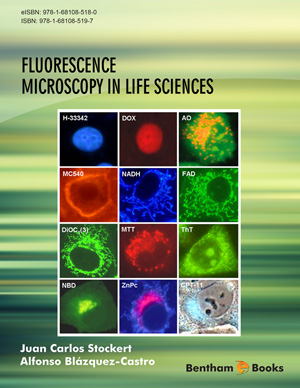Abstract
In this final chapter, the fundamentals and main super-resolution microscopy (SRM) techniques currently in use will be presented. Super-resolution allows imaging of structures that are not usually resolvable with optical frequencies in the visible range. There are different strategies to be able to do so and these will be introduced in this chapter. This field of SRM is relatively young yet it providies huge amount of information on biological process and structures. This is done with experimental setups that are much more benign to biological samples in comparison to other “superresolution” techniques like electron microscopy. In the chapter, the fundamentals and techniques will be presented in a simple and intuitive way. This is a field currently experiencing a huge development and new advancements are guaranteed in the upcoming years.
Keywords: 4Pi microscopy, Abbe limit, Airy disc, Confocal microscopy, Diffraction limit, I5M microscopy, Moiré fringes, Photoactivated Localization Microscopy (PALM), Point spread function (PSF), Rayleigh criterion, Resolution, REversible Saturable OpticaL Fluorescence Transitions (RESOLFT), Saturated- SIM (S-SIM), Scanning near-field optical microscope (SNOM), STimulated Emission Depletion (STED), STochastic Optical Reconstruction Microscopy (STORM), Structured Illumination Microscopy (SIM), Total internal reflection fluorescence microscopy (TIRFM).






















